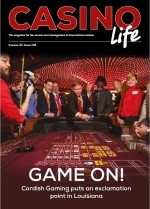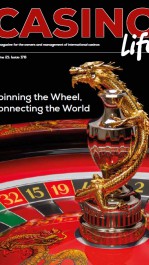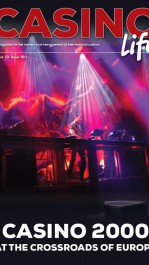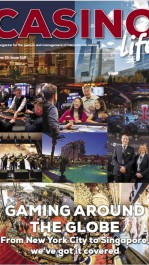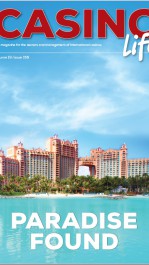The bear’s casino industry, despite all odds, shows no signs of slowing. By Eugene Gerden
Russia’s casino sector shows positive dynamics this year. Western sanctions did not lead to a significant deterioration of the situation in the industry nor a massive exodus of gamblers.
Last year also became successful for the industry, as the number of visitors of gambling zones in Russia grew by 10 percent in 2024, compared to 2023, and exceeded 2.1 million people.
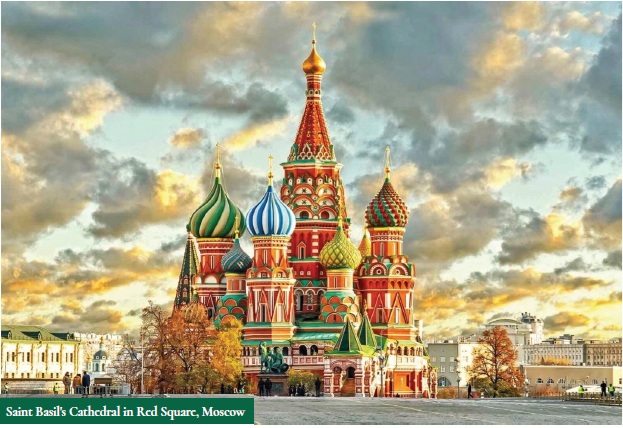
Since 2009, casino activities in Russia have been legal only within special territories – gambling zones. Such measures were taken by the state due to a widespread spread of gambling, multi-billion-dollar casino turnover and the growing number of gamblers in Russia at the beginning of 2000s. At present, there are four operating gambling zones in Russia: Krasnaya Polyana, Sibirskaya Moneta, Primorye and Yantarnaya.
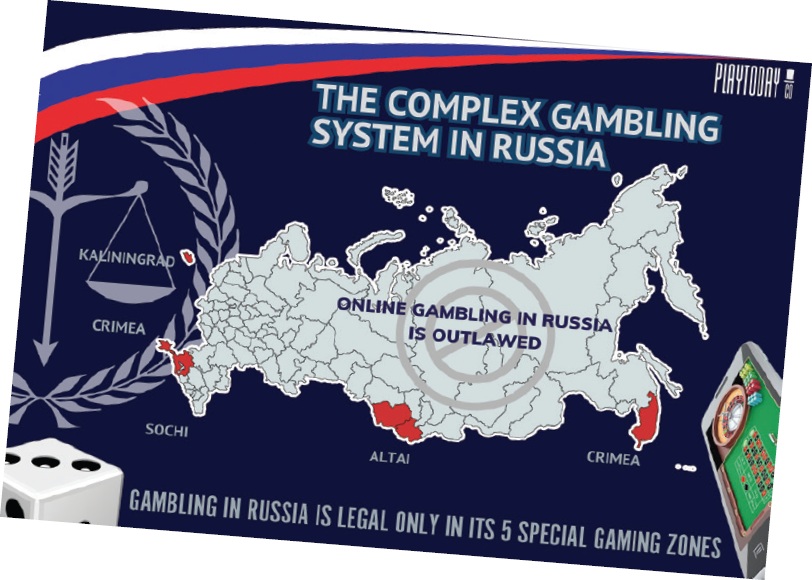
According to data of the Russian Association of Operators of the Entertainment and Event Tourism Industry (AIRIS, which unites all four existing gambling zones in the country), last year the Krasnaya Polyana gambling zone became a leading gambling zone in the country in terms of the number of visitors, which exceeded more than 907,000 people. At the same time, the best growth dynamics were observed in the Siberian Coin gambling zone, where the number of visitors grew up to 165,100 people, more than three times higher than in 2023.
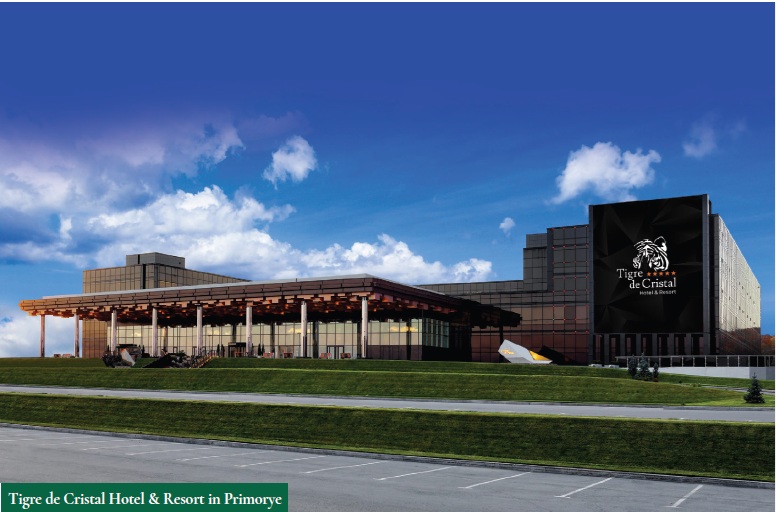
More Visitors, Playing More
This year the growth of the number of visitors is ongoing. According to analysts, the growth in casino attendance in Russia this year is primarily due to the growth of real disposable incomes of the local population (caused by a booming military and industrial complex), as well as the existing problems with traveling abroad for many Russians these days.
Another reason is the growth in the level of services provided in gambling zone of Russia, as well as their quality and range. At the same time, according to AIRIS, amid the
ongoing development of infrastructure of domestic gambling zones, the share of their non-gambling income is also growing.
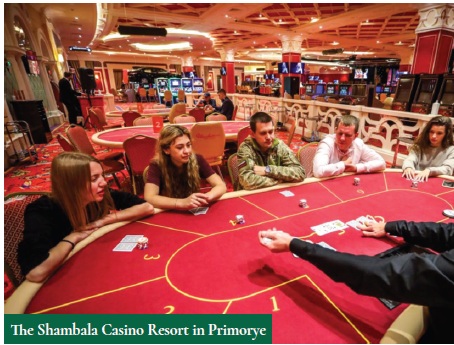
Amenities on the Rise
This year all the existing gambling zones plan a further development of their infrastructure, both gambling and non-gambling. As for non-gambling activities, in recent years the volume of such investments has significantly increased.
An example is the launch of Altai Palace Medical SPA medical center and a paddle tennis court by the Sibirskaya Moneta gambling zone in 2024. Also, this year Sobranie casino – one of the largest casinos within the Yantarnay gambling zone in the Kaliningrad region – will launch its own poker club. Tigre de Cristal – a casino in the Far Eastern gambling zone in the city of Vladivostok – plans massive investments in the development of its hotel-and-leisure infrastructure.
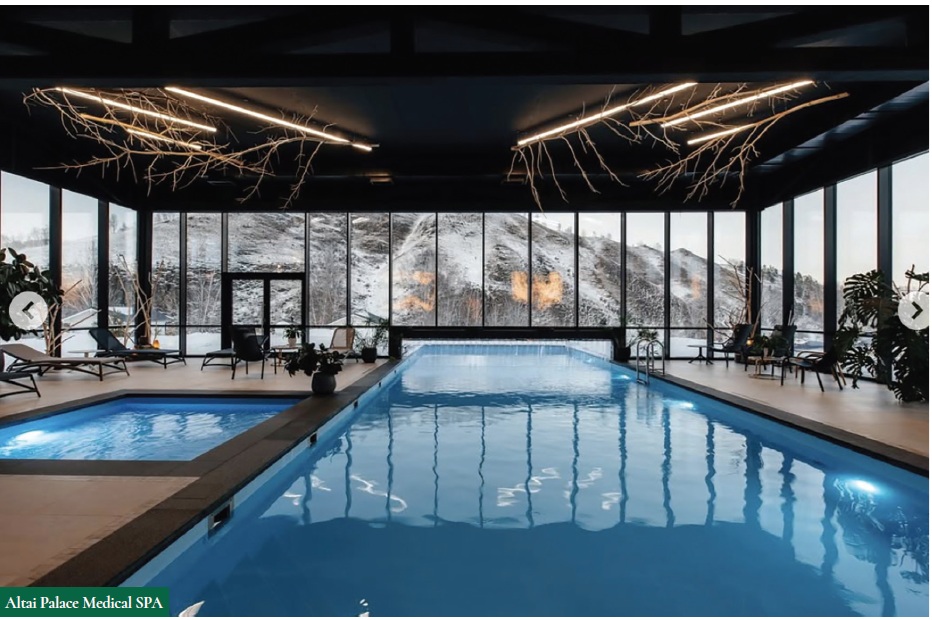
Finally, according to Maksim Smolentsev, CEO of Shambhala, a casino in the Primorye gambling zone, this year he is planning an active building of hotel and hospitality infrastructure within the territory of Kaliningrad and Primorye regions.
One of the priority goals of the Russian gambling sector these days is its integration in the tourism industry of Russia. As Dmitry Anfinogenov, AIRIS’ executive director, commented,
“The industry maintains a course of integration into the tourism industry. The growth of non-gaming revenues, new event formats and diversification of services shows that the industry is not limited to gambling. This strengthens the attractiveness of the regions of the presence of gambling zones and stimulates domestic tourism activities within their territories.”
Popularizing the Industry
Implementation of these plans also involves popularization of gambling activities in Russia. So far some steps in this direction have been taken. Last year AIRIS, together with private investors, launched the first tourism project: Casino Week of Russia. This initiative is aimed at supporting the off-season demand for gambling in the country. Its successful implementation should contribute to the growth of tourist flows to those regions of Russia where gambling zones are located, particularly during
autumn and winter seasons.
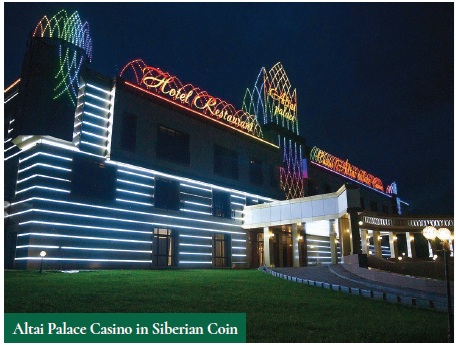
In general, part of AIRIS’ plan is to lobby for the provision of the same benefits to gambling zones in Russia as are accorded other tourism by the national government. That will be also achieved on the basis of recently adopted amendments to the existing federal law of tourism, On the Fundamentals of Tourism Activity in the Russian Federation, by the Russian Parliament (State Duma).
Anfinogenov continued, “Expanding the concept of the tourism industry will allow us to attract even more tourists, both domestic and foreign. Today gambling zones are full-fledged tourist sites in Russia with a large range of activities and event tourism. Changes in legislation will allow, among other things, to attract investors to the development of tourism infrastructure, the construction of accommodation facilities and so on.”
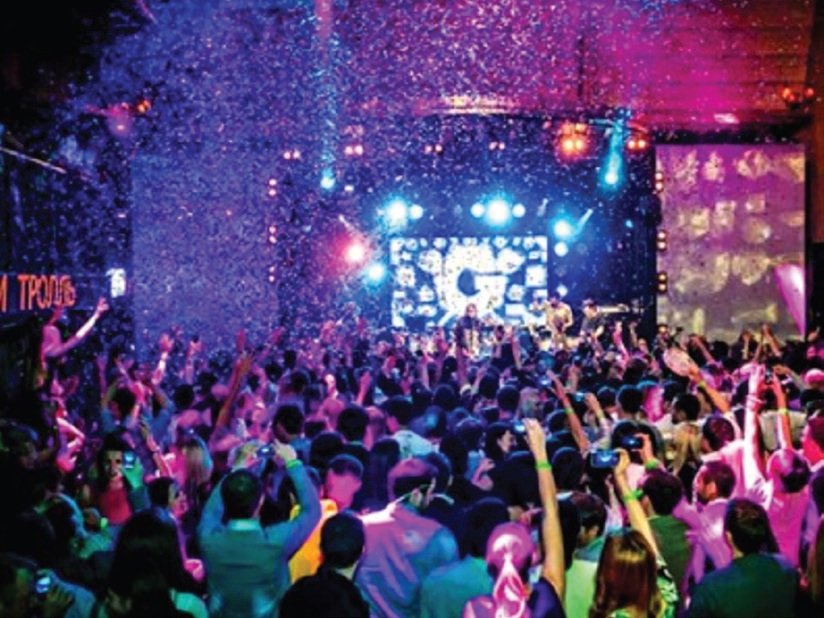
Sodom and Gomorrah no More
According to Dmitry Belyanin, CEO of Altai Palace in the Siberian Coin gambling zone, due to the situation that had developed in the gambling business by 2009, it is not surprising that casinos were long considered as “some kind of marginal establishments in Russia in the past, although in recent years the situation has radically changed.”
He explained, “It was like Dostoevsky. You came to a basement, lost all your money and shot yourself. Now guests have become more loyal to us. They are no longer afraid of us, they do not associate us with Sodom and Gomorrah. Visiting a gambling zone is now considered a cultural vacation. People have the idea that if you have been to a casino, it means you have some kind of certain social status.”



